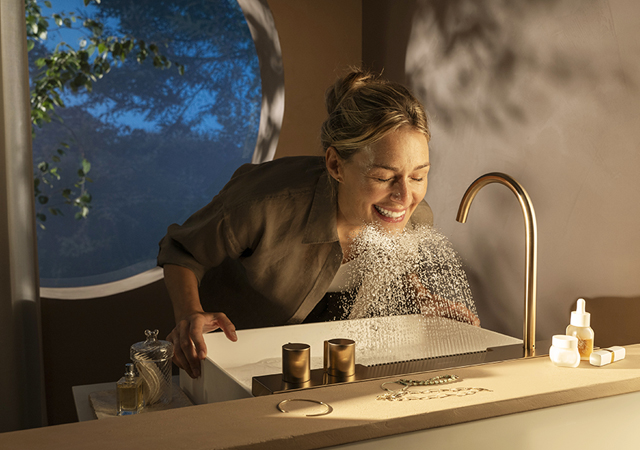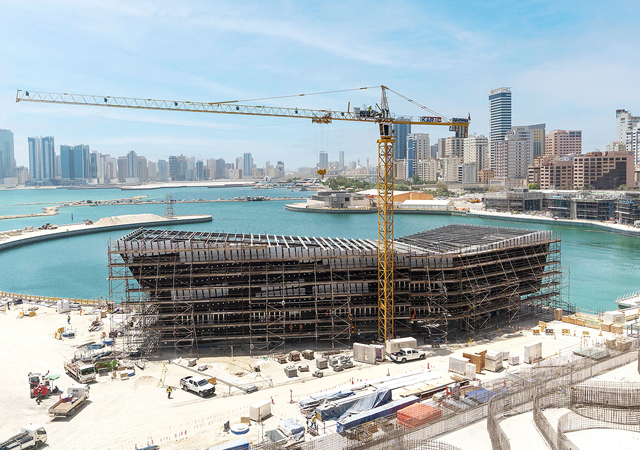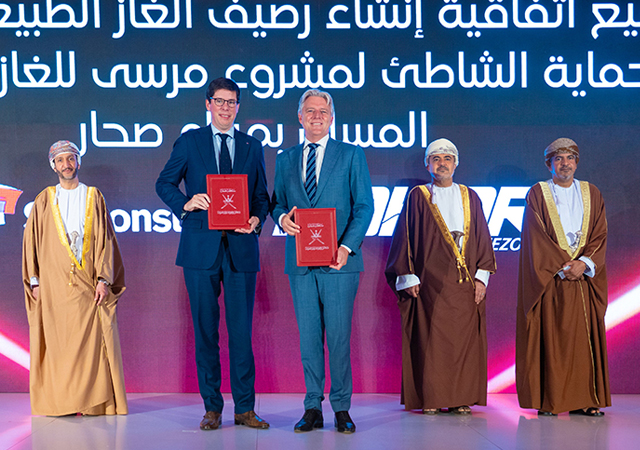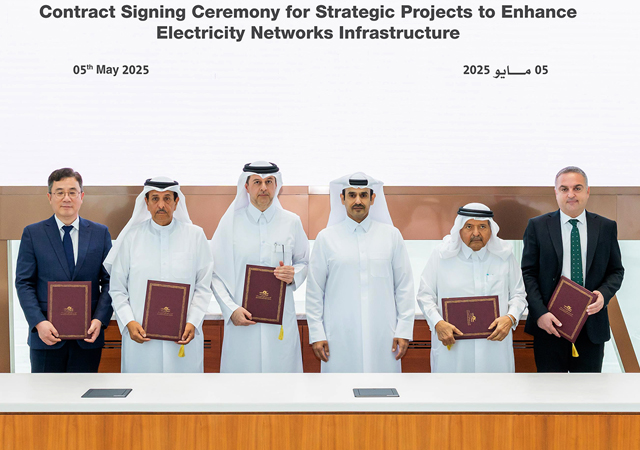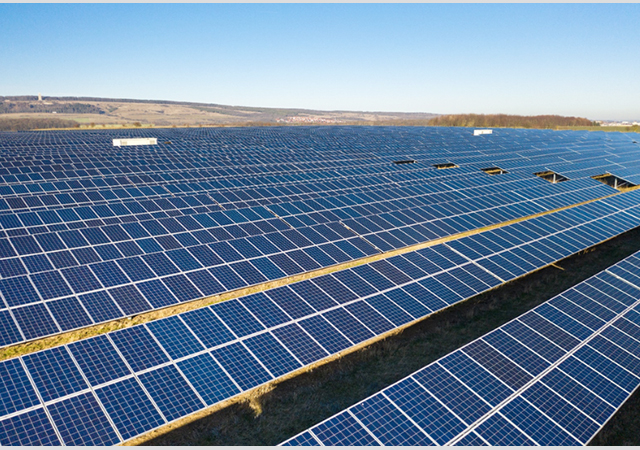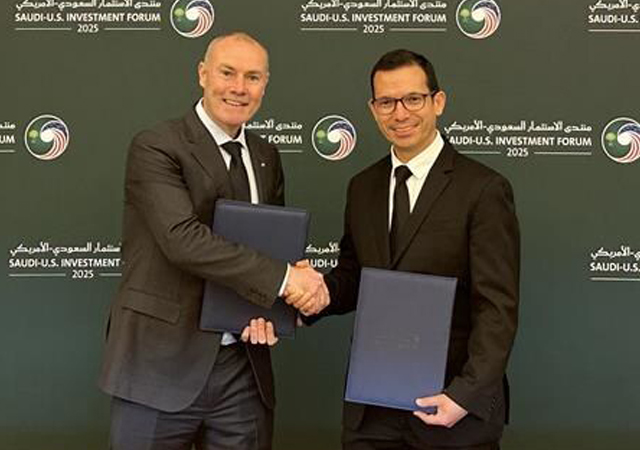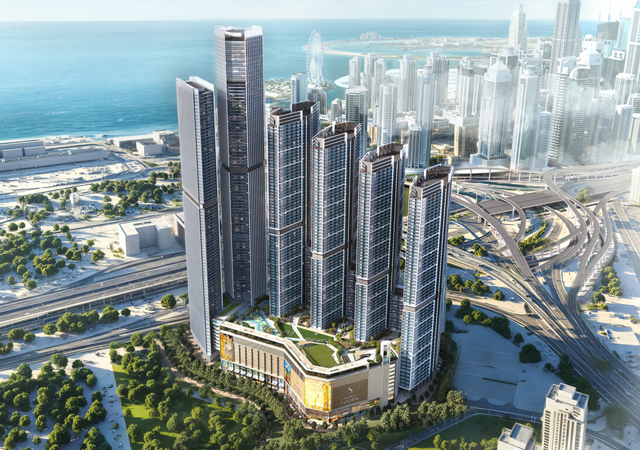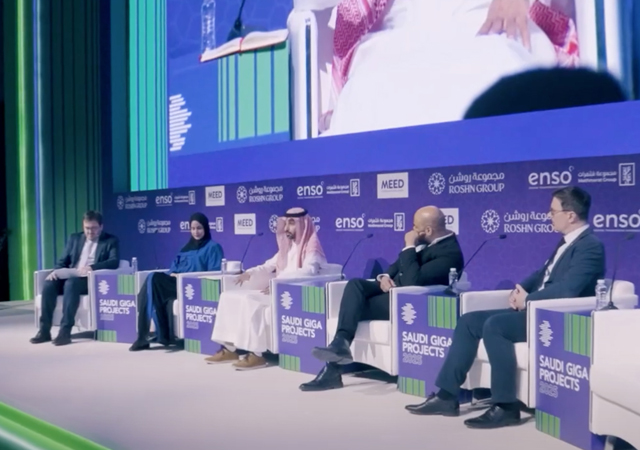
 The InLine Pave train ... an MT 1000-1 IP feeder, a Super 2100-2 IP paver and a Super 1600-2.
The InLine Pave train ... an MT 1000-1 IP feeder, a Super 2100-2 IP paver and a Super 1600-2.
An innovative road construction concept known as the InLine Pave, which has already paved some 1.5 million sq m of roads throughout Europe in just two-and-a-half years, is being offered to the region by the German road construction equipment specialist Vögele.
The method is especially suited for “hot on hot” paving when it comes to building compact asphalt pavements. However, conventional road construction jobs can also be realised with the InLine Pave equipment, achieving high quality and high economy.
The InLine Pave process involves paving binder course and surface course in a single pass, which not only yields a perfect bond between the layers but also ensures strong interlocking of layers – a fundamental requirement for the longevity of roads, says a spokesman for Vogele.
Elaborating on how this is achieved, he says: “The process is based on the use of a machine technology very similar in design to Vögele pavers of series production, but slightly modified for “hot on hot” paving. For contractors, this means that every single machine in the InLine Pave train can also be used for conventional paving jobs at any time.
“This substantially increases the productive utilisation of the contractor’s equipment pool and enhances the return on investment. Thus, the InLine Pave technology is tailored not only to large road construction companies, but also offers small and medium-sized companies the possibility of submitting bids for compact asphalt pavement contracts based on innovative machine technology.”
A number of European contractors have been convinced themselves of the technology’s quality and cost-efficiency, he adds. This innovative technique has been applied in single-lane and dual-lane rehabilitation projects, as well as in the construction of numerous new motorways, highways and rural roads.
Turning to the mobilisation of the equipment, the spokesman says: “The InLine Pave train can be put into operation on the job site within an extremely short period of time. It takes no more than two hours to set up the entire equipment in its basic width, heating of the screeds included. Thanks to the fast set-up times and compact dimensions, even short job sites, such as cross–town links, can be handled quickly and very economically.”
Process overview
Using the technology, the process of paving takes place with machinery working in a line, one after the other. All machines feature a very compact design with a maximum transport width of just 3 m, he points out.
The InLine Pave train comprises three machines: an MT 1000–1 IP mobile feeder, a Super 2100–2 IP paver for placing binder course, and a Super 1600–2 for placing surface course. For the surface course, the Vögele Super 1800–2 model can also be used as an alternative (IP stands for InLine Pave).
The MT 1000–1 IP mobile feeder, which stands at the beginning of the paving process, receives binder and surface course mixes supplied by feed vehicles and transfers the mix, alternately, either directly into the large material hopper of the paver for binder course or – via a transfer module and over this latter paver – into the hopper of the paver for the surface course.
Using a system of green or red light signals for the feed vehicles, the operator of the mobile feeder indicates to the lorry drivers whether binder or wearing course mix is to be delivered. With the feeder operator changing lights from binder to surface course mix or vice versa, the conveyor automatically adjusts in height and distance. The MT 1000-1 IP mobile feeder has a conveying capacity of 900 tonnes per hour.
The Super 2100–2 IP for binder course has the task of placing a binder course of high density and with high resistance to deformation. This machine comes with a special AB 600–2 IP high-compaction screed.
The AB 600–2 Extending Screed has been developed further over the past three years to meet the specific requirements of “hot on hot” paving.
“For the InLine Pave process, it achieves an extraordinarily high degree of pre-compaction attaining a density of up to 98 per cent for the binder layer, without rolling. The paver placing wearing course then travels on this layer. Weighing some 40 tonnes including mix and extra material hopper, it lays the surface course onto the freshly paved and still hot binder layer,” he explains.
The binder course must be so designed as to be capable of transferring the traffic loads downwards, without deformation. Hence, the tracks of the paver placing wearing course will leave just a slight impression in the hot, pre-compacted binder course without adverse effects on the quality of the binder course or the wearing course.
For the InLine Pave application, the Super 2100–2 IP for the binder course comes with a special transfer module. This module transfers the surface course mix received from the mobile feeder – over the paver for the binder course – into the surface course paver’s material hopper. The transfer module mounts or demounts within a very short time.
The third machine in the InLine Pave train is a Super 1600–2 or Super 1800–2 for paving the surface course. While these machines too are of standard design, they are equipped with a water spraying system for the tracks and an extra material hopper insulated against loss of heat and holding a total of 25 tonnes of mix – large enough to store the quantity of mix supplied by a feed vehicle.
Advantages
Citing the advantages of placing two layers ‘hot on hot’, the spokesman says: “Paving two asphalt layers ‘hot on hot’ is an especially effective method of building long–lasting road pavements. When using this method, the binder and surface courses of hot–rolled asphalt mixes are paved ‘hot on hot’. This offers numerous advantages.
“When paving two layers ‘hot on hot’, the usual ratio of 8 cm binder course and 4 cm surface course can be abandoned and another ratio be selected. This is because the still hot binder course prevents rapid cooling of the surface course and with a higher temperature prevailing, it allows paving a thinner surface course of just 2 to 2.5 cm.
“Also, on account of the high temperature inside the surface course, higher degrees of density are achieved during subsequent compaction by rolling, along with smaller voids content.
“When designing the surface course and especially when paving stone mastic asphalt (SMA), it is of utmost importance for the binder content to comply with the ‘ZTV Asphalt–StB’ regulations, in order to obtain a finished surface course with a voids content of no more than 2.5 to 3.5 per cent by volume. This kind of surfacing is water-tight, thus protecting the binder course from atmospheric influences.
“The high degree of density, in conjunction with the layer thickness of 2 to 2.5 cm, increases the resistance to deformation under the influence of heat to such an extent that rutting is massively counteracted, particularly during the summer months. Thanks to the high density, the service life of the road pavement as a whole is prolonged, as the density also increases the wearing course’s impermeability to water.”
Cost–effective
One of the biggest advantages of the InLine Pave process is its cost–effectiveness, says the spokesman. Every machine of the InLine Pave train can be used for conventional paving jobs at any time, thus significantly increasing the productive utilisation of the contractor’s equipment pool.
The Super 2100–2 IP with AB 600–2 IP Extending Screed, for example, can also be used as a stand-alone paver for placing high-density base course, he points out.
A highlight in this context is that single-layer construction is possible, saving time and money. Depending on the mix to be placed, an 18 cm base can be built in one pass instead of two layers of 9 cm each. “Thanks to IP High Compaction Technology, a density between 93 and 97 per cent is achieved,” he adds.
For paving the base course, the paver can be used with or without the transfer module. With it fitted, the Super 2100–2 IP is ready for subsequent two-layer paving on the InLine Pave job site.
The spokesman continues: “The InLine Pave process also offers unsurpassed quality when it comes to evenness of the pavement. The conventional methods of road construction – where the three courses are laid in three passes – are ideal for producing highly even road surfaces. The ‘self–levelling’ behaviour of the paver’s screed provides that the evenness is improved from layer to layer.
“The InLine Pave process translates 100 per cent of this principle into reality, even though paving “hot on hot”. Through the use of two pavers operating independently, each with a floating screed, irregularities are levelled to the same degree as in conventional paving. In contrast to other processes, InLine Pave does not make special demands on the evenness of the base course. The usual tolerance of 10 mm is sufficient to achieve an excellent final pavement of highest evenness.”
When comparing the InLine Pave process of “hot on hot” paving with conventional road construction techniques, there is no difference for the paving team as far as machine operation is concerned. Both paver and screed operators quickly get to grips with the machine technology as all vital functions are based on Vögele’s operating concept ErgoPlus, he concludes.




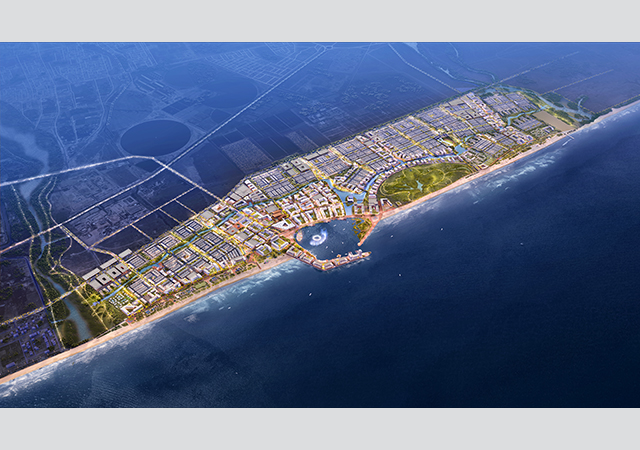





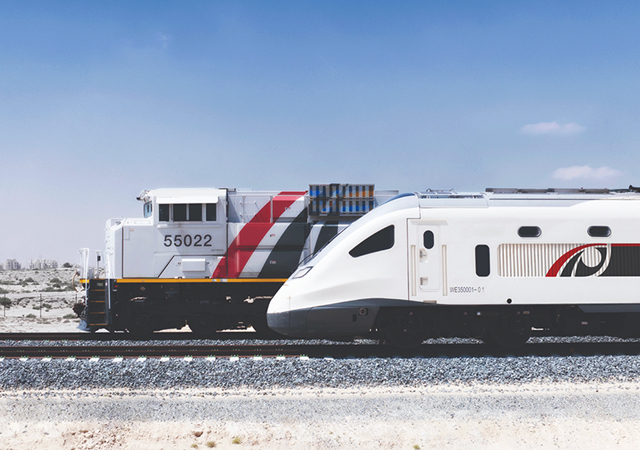
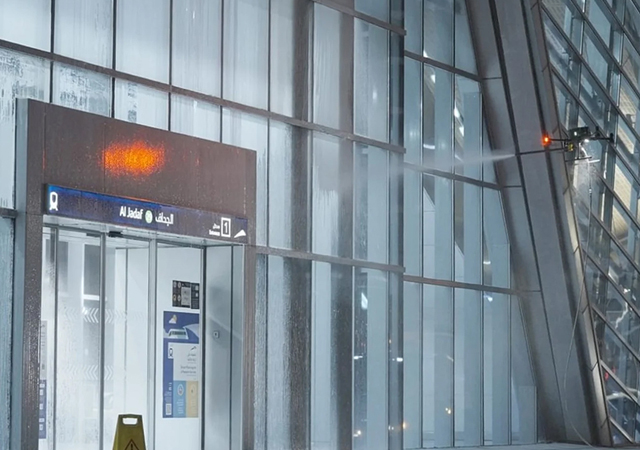
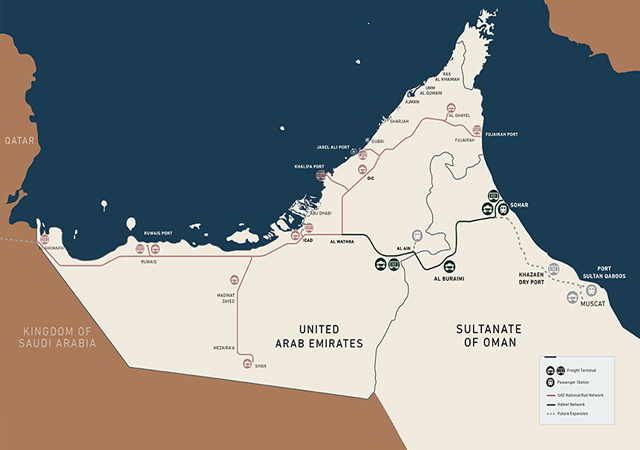
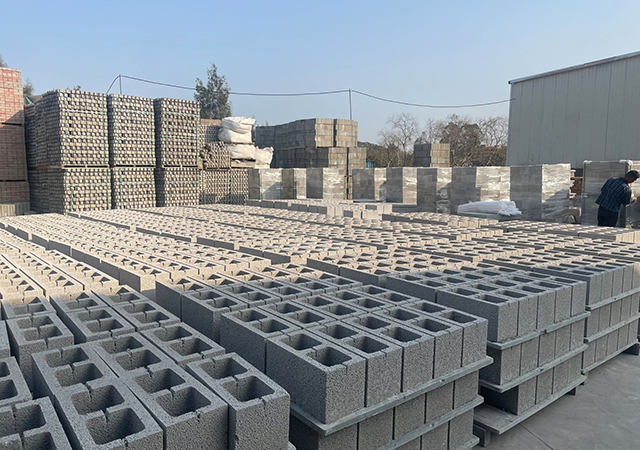


.jpg)
.jpg)
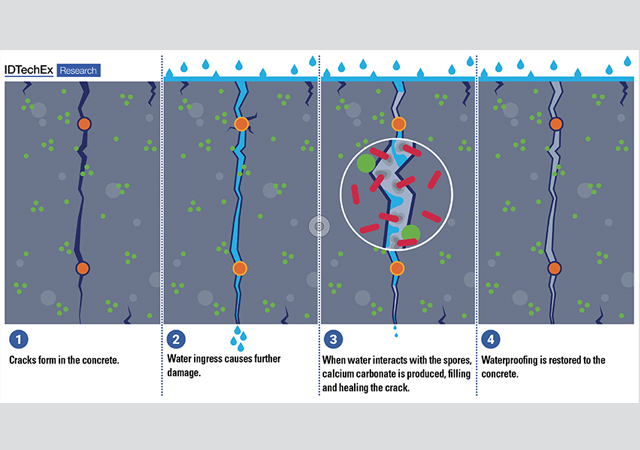
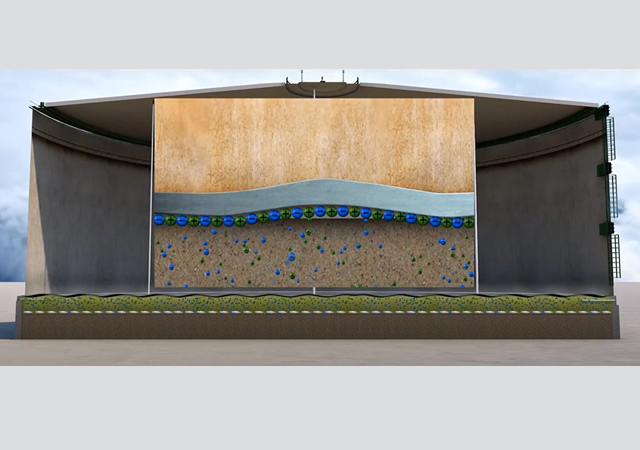
.jpg)
.jpg)
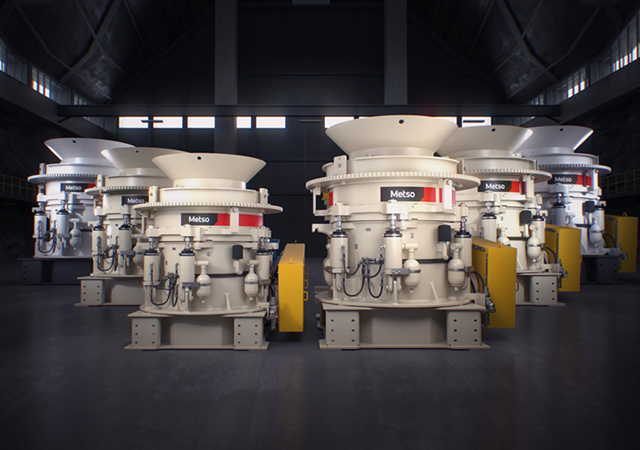
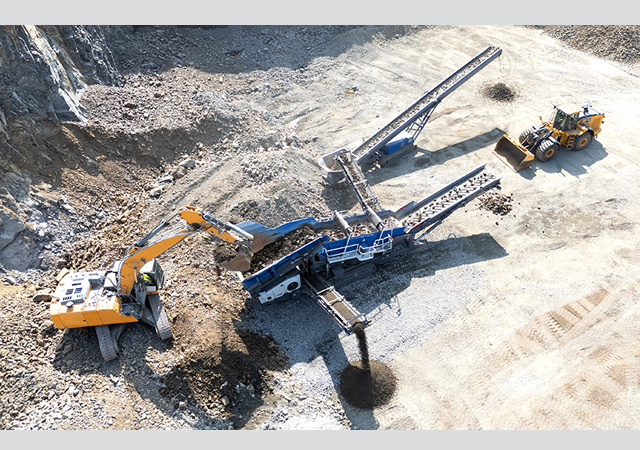
.jpg)
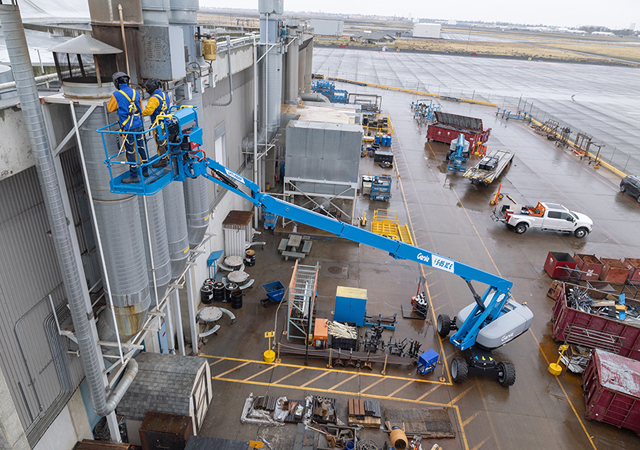

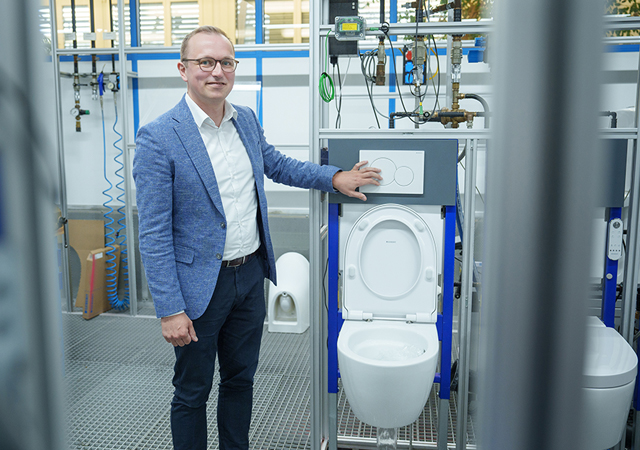

 Doka.jpg)
